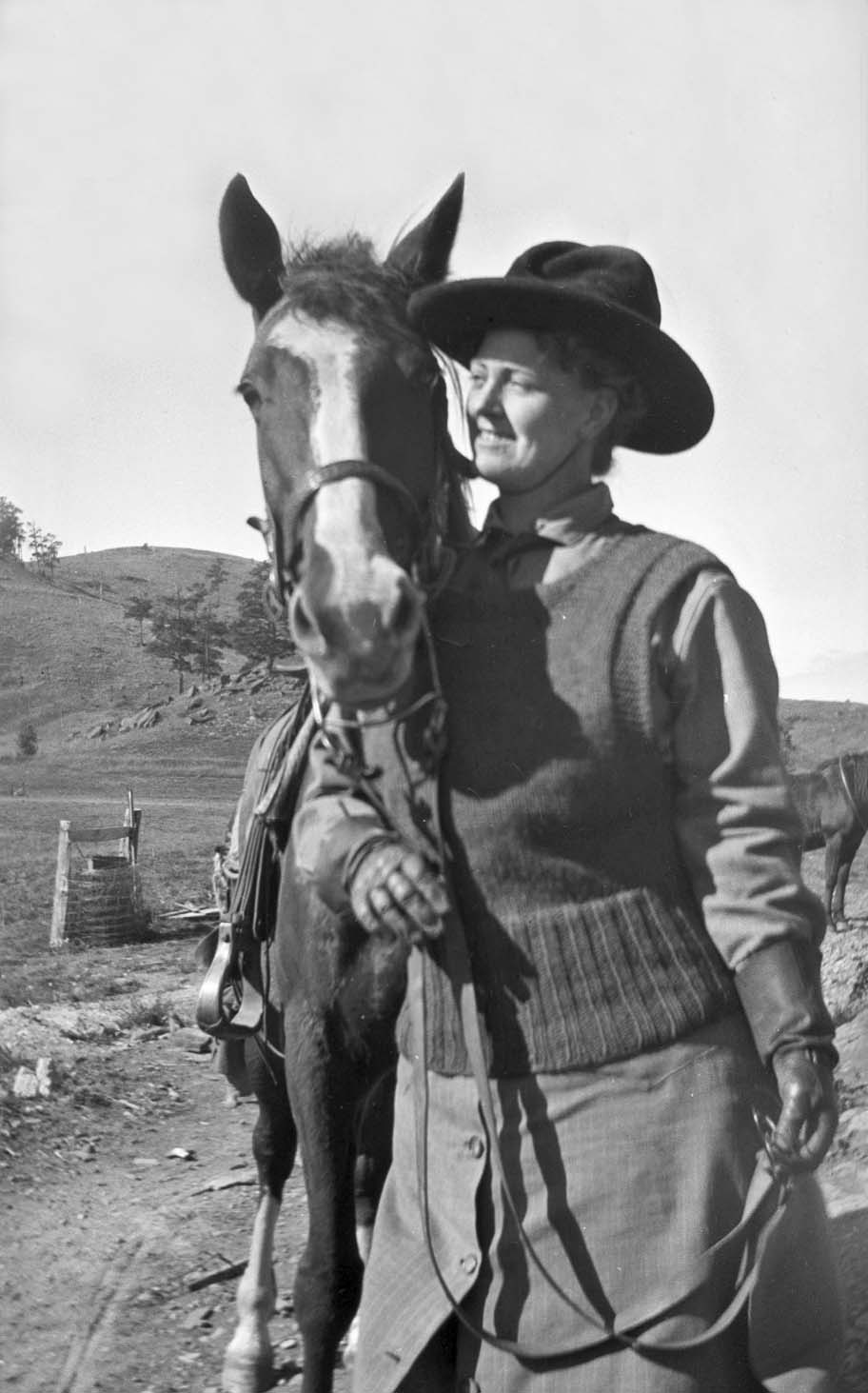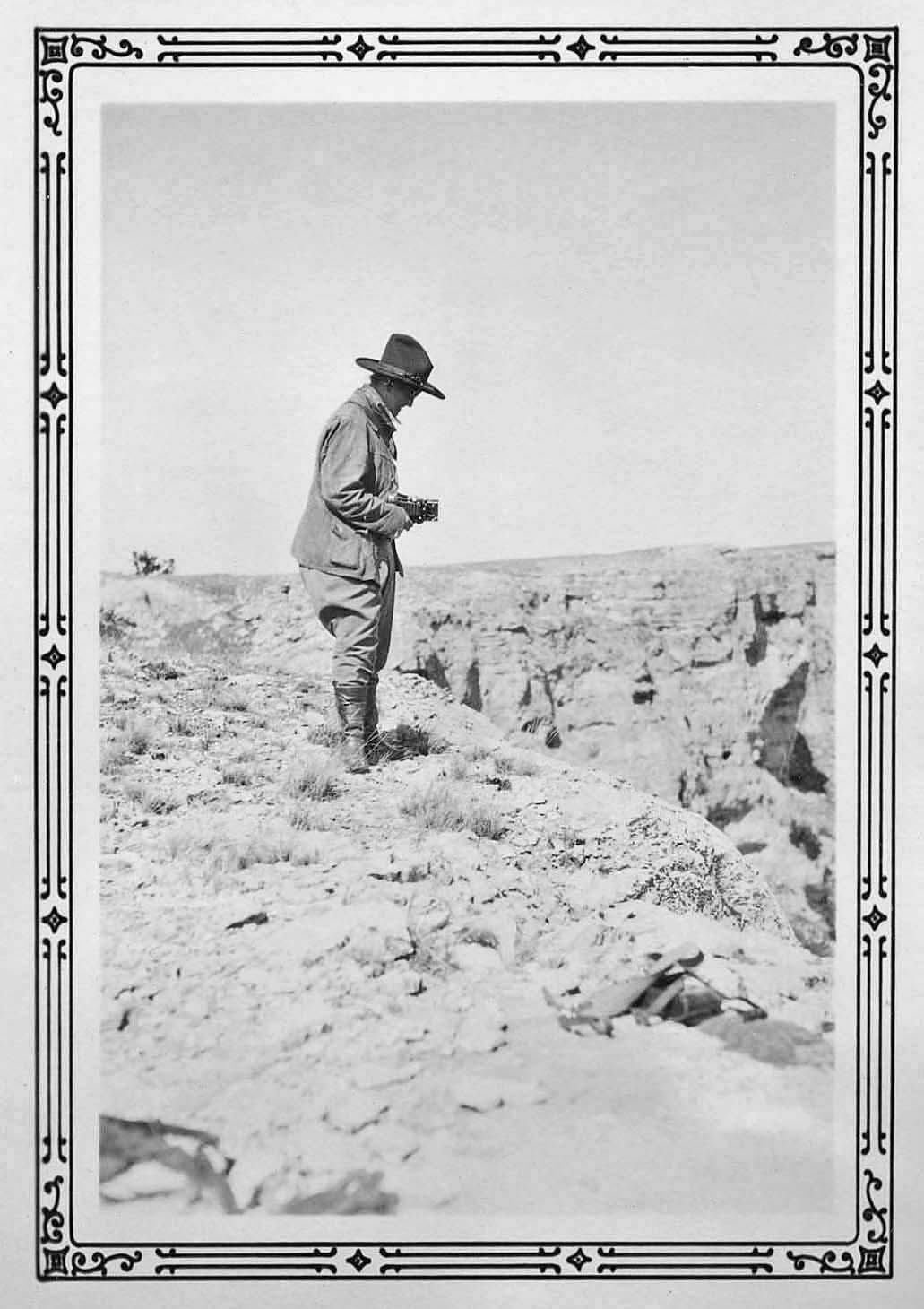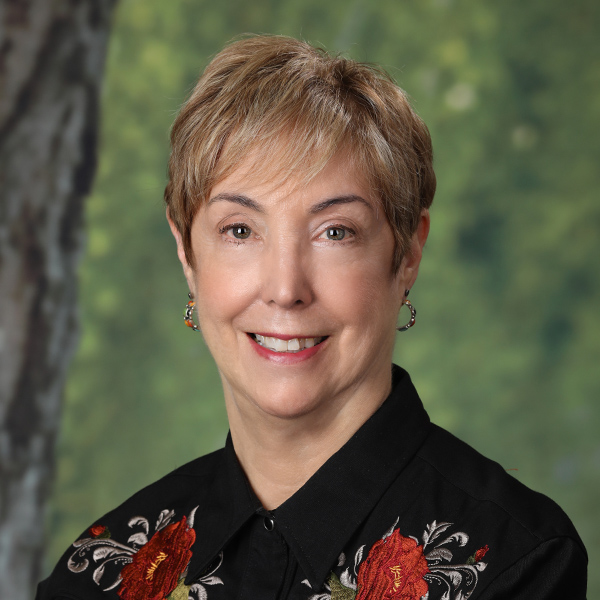Bighorn Visions, The Photography of Jessamine Spear Johnson

My photo book “Bighorn Visions, The Photography of Jessamine Spear Johnson,” was published by the South Dakota Historical Society Press in early April of 2023. You can come along for the ride and enjoy this amazing woman’s story by reading my blogs featuring more of Jessamine’s story and photographs. My blog will announce when preorders of the book are available.
About Jessamine Spear Johnson
An Early Montana-Wyoming photographer
Most Americans think of settlers moving west as a phenomenon of the 1840’s and 1850’s, with the migrations to Oregon and then the gold rush to California and Colorado. They picture the wagons with ox teams climbing the sides of mountains following the fur trapper’s trails with Indians always lurking behind the ridges. But by the 1870’s and 1880’s we lose sight of the fact that there were whole states just beginning to be explored, the ones in between those original migration points. Montana and Wyoming were the last battlegrounds between soldiers, gold miners and angry Sioux. Red Cloud, Crazy Horse, and Sitting Bull were  determined to save their best hunting grounds. The clever Crow had seen the proverbial writing on the wall and were providing scouts to Custer, Reno and Crook. Into this melee the gold miners and then the first settlers wound their way from fort to fort up the Bozeman Trail to Montana’s western mines until the Sioux shut it down after the massacre of Fetterman’s troops near Fort Phil Kearney, Wyoming, in December 1866. Only ten years later in June of 1876 Custer and 268 of his men died on the sage brush hills above the Little Big Horn River in Montana some 50 miles north of Fort Phil Kearney having attacked a large Sioux and Cheyenne camp.
determined to save their best hunting grounds. The clever Crow had seen the proverbial writing on the wall and were providing scouts to Custer, Reno and Crook. Into this melee the gold miners and then the first settlers wound their way from fort to fort up the Bozeman Trail to Montana’s western mines until the Sioux shut it down after the massacre of Fetterman’s troops near Fort Phil Kearney, Wyoming, in December 1866. Only ten years later in June of 1876 Custer and 268 of his men died on the sage brush hills above the Little Big Horn River in Montana some 50 miles north of Fort Phil Kearney having attacked a large Sioux and Cheyenne camp.
Imagine a quiet valley tucked into the foothills of the Bighorn Mountains of Wyoming (the Shinning Mountains of Indian lore) with rushing mountain streams and rolling grass clad hills. To this final destination two pioneer families made their way in 1881 and 1883, only five and 7 years respectively after the Battle of the Little Bighorn. After many years of roaming the mid-western states, their wagons brought them here to this land the Crow called the best place. We know that the Benton family traded their last two white mules for a homestead here. The Spear family heard about the little town of Big Horn from a relative near Billings, Montana, who had moved there and written to the family, “do come, it’s a wonderful place.”
Imagine you are a pioneer. What picture would your mind create of an ideal spot for your homestead? Shouldn’t it have a rushing stream full of trout? Wouldn’t rolling hills of grass for your animals and trees for shade be part of that landscape? How about a view towards a range of snowcapped mountains? If the setting included a bracing climate with cold winters and warm summers, with air so clear and crisp that just breathing in and out is a pleasure, wouldn’t that be a miracle?
Such is the setting for the village of Big Horn, Wyoming. It’s still on the map with approximately 483 resident citizens. On September 11, 1886, a baby girl (Jessamine) was born to early pioneer parents Willis Moses Spear and Virginia Belle Benton Spear. Both sets of grandparents lived nearby. Baptist Minister and homeopathic physician, George Washington Benton and his wife Hanna had arrived in 1881 looking for a healthy climate for their family. Willis Bradford Spear and his wife Jane had traveled by wagon from the gold mining town of New Chicago, Montana in 1883. Son Willis Jr. and lovely Belle Benton met and married in 1885, setting up house in her parent’s first homestead.
Jessamine would be the eldest of four children-- Willis “Junior”, Phil, and Elsa followed apace. Jessamine attended Big Horn primary school and high school in nearby Sheridan. Her father built a home in Sheridan by 1902 so all of his children could attend high school.
While Jessamine was growing up, her father and uncle “Doc” Spear formed the Spear O Cattle Company in 1896. Their operation reached its largest size around 1912 when they had ranches in northeastern Wyoming and southeastern Montana with Crow and Cheyenne tribal leases all the way to the Yellowstone River. Jessamine grew up on horseback and was quite the tomboy. “I rode horseback, as wild as any of my children ever were. My father never permitted me to ask the men to saddle my horse for me. I had to wait on myself always.”
Jessamine’s mother Belle introduced her and her sister Elsa to photography at a young age. Belle had a big box Kodak camera patented in 1897. It had 12 glass plates and the photographs were printed by a kerosene lamp or sunlight. Both Jessamine and Elsa helped to print the pictures, beginning their mutual love of photography.
In 1906, Jessamine graduated from Sheridan High School and married William Victor Johnson on June sixth. Will was operating a café with his brother-in-law, Ed Guyer, in Sheridan as well as running sheep and cattle in Sheridan & Johnson counties. The first few years they were married, Will continued to operate the City Bakery and Restaurant. In 1909 they moved to Grants Pass, Oregon for a year and a half and worked a fruit farm. Will had some health issues and Jessamine was homesick, so they returned to the Spear ranch in Big Horn in May of 1911, helping Jessa’s father with his cattle through the next hard winter. The following spring Will purchased 2200 sheep that he pastured in the Bighorn mountains in the summer and at Clearmont, Wyoming in the winter. From 1913 to 1918, Will & Jessa leased the Big Red Ranch at Ucross, running cattle and sheep. From 1916 to 1918 Will also served in the Wyoming legislature.
In September of 1917 the couple purchased the Middlefork cattle ranch in Kirby, Montana, renaming it the X4 ranch. There they built a large three-story stone house that became the center of many festivities in the community. The X4 ran sheep and cattle both. They also leased Crow & Cheyenne lands from the head of the Rosebud to the Big Horn River, including summer pasture in the Big Horn River Canyon area. The Johnsons ran 30,000 sheep and 3700 head of cattle at the peak of their operation, but lost the ranch in 1932 when the banks called in their loans during the depression. The Johnson’s raised their seven children—four boys and three girls at the X4 Ranch.
Jessamine’s close contact with the Cheyenne and Crow Indian tribes developed while managing their leases. She became good friends with such families as the Little Wolfs, the Grasshoppers, the Yellowtails and the Rising Suns. Her hobby of taking photographs bloomed into an obsession. She had a dark room installed in their home. Where ever Jessa went, her Kodak was slung over her shoulder. One of her photos, titled “Montana Lullaby” of a bawling Hereford bull was sold to the Northern Pacific Railroad for a travel poster.
Ask any rancher about the cow business and he/she will tell you it is much like gambling. One year the cattle prices are swell. You sell your young steers for more than it cost to raise them. Next year, oh dear, the opposite is true and you are back at the bank borrowing money to carry you through until that annual paycheck at shipping time. Then there is the weather to contend with. The year 1919 ushered in a bad drought, so many ranchers turned to inviting guests to stay bringing in extra money. In 1922, Jessamine’s father Willis began building and operating one of the first dude ranches high in the Bighorn Mountains, the Spear O Wigwam. Jessamine and Will followed suit having guests at the X4 Ranch. As her father aged, Jessamine took over the management of the Wigwam in 1930 and continued to operate it after his death in 1936 until it was sold in 1943. From 1931 to 1938 her sons and daughters were wranglers and pack-trip guides to the many dudes. Her photograph legacy includes hundreds of photos of their guests and the spectacular scenery in the Bighorns. From 1932 until 1943, Jessa and Will spent most of their winters in Sheridan or at their small Rosebud Mountain ranch—all that was left of their land after the sale of the X4 in Kirby.
On September 20, 1944 Jessamine and Will moved to their retirement home in Story, Wyoming having finally sold the Rosebud Mountain ranch. Jessamine’s retirement years were spent exploring family genealogy, founding the Story Women’s Club, being active in the Mayflower Society, the DAR, the Roger Williams Society, and the Baptist Church. In 1956 Will passed away. Jessamine continued to work on family history and took many treasured family photos as her grandchildren began to grow up. Jessamine passed away January 18, 1978 in a nursing home in Buffalo, Wyoming.


